Introduction
Tree with a heart shaped leaves is not just beautiful to look at; it also plays an important role in our ecosystems, helping to clean the air, support biodiversity, and provide shelter and food for a variety of species. The unique heart-shaped leaves of some trees evoke feelings of love and connection to nature, and many of these trees have been revered in cultures for centuries. This article will explore the environmental importance of trees with heart-shaped leaves, focusing on various species that feature this distinct leaf shape and their contribution to the environment.
Whether in forests, parks, or home gardens, these trees are not just ornamental; they help preserve biodiversity and enhance environmental sustainability. In this article, we will discuss some of the most well-known tree with heart shaped leaves, their ecological roles, and their benefits for wildlife and human environments.
Why Heart-Shaped Leaves Matter in Nature
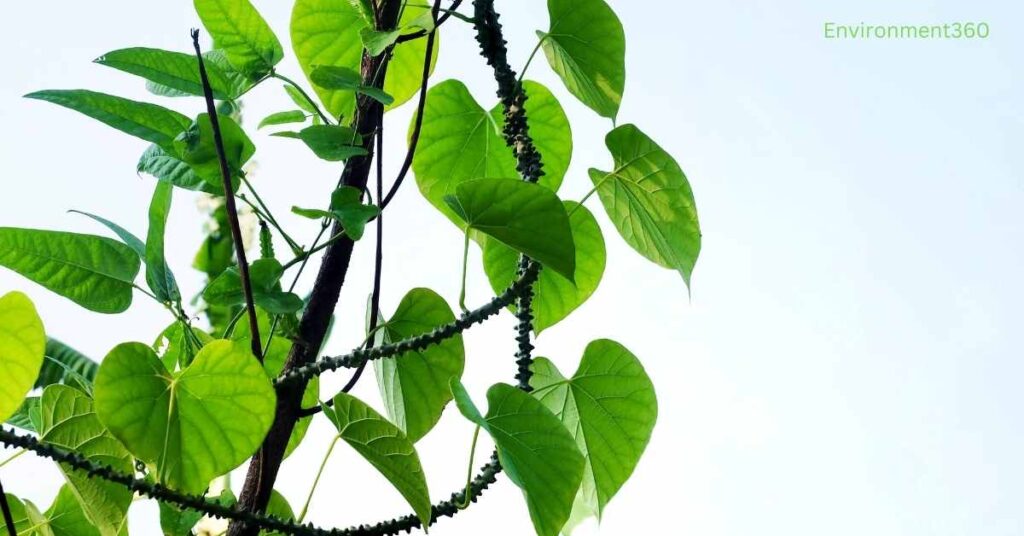
1. Aesthetic and Symbolic Appeal
Heart-shaped leaves are found in a variety of tree species around the world, and their iconic shape has often been linked to love, friendship, and harmony in various cultures. Beyond symbolism, these leaves represent some of the most ecologically beneficial trees in terms of their impact on the environment.
Tree with heart shaped leaves tend to thrive in diverse habitats, from tropical rainforests to temperate zones, and their presence in natural environments is often a sign of healthy ecosystems. The shape of the leaves themselves can also be efficient in capturing sunlight for photosynthesis, ensuring the tree’s growth and survival.
2. Supporting Biodiversity
Many tree species with heart-shaped leaves provide essential habitats for wildlife. Their foliage creates a canopy that shelters insects, birds, and small mammals. Some of these trees also produce fruits or seeds that serve as vital food sources for animals.
Moreover, these trees contribute to the overall health of the ecosystem by improving soil quality, stabilizing landscapes, and sequestering carbon. Their leaves, when they fall, become part of the nutrient cycle, enriching the soil and supporting new plant growth.
Notable Tree with Heart Shaped Leaves
1. Eastern Redbud (Cercis canadensis)
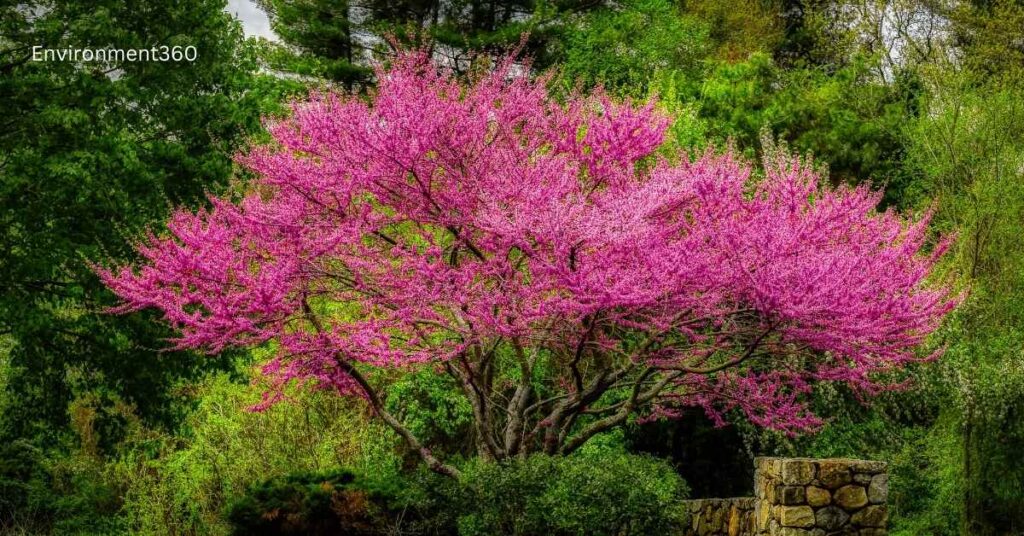
The Eastern Redbud is one of the most well-known tree with heart shaped leaves. Native to North America, it is a popular ornamental tree in gardens and urban landscapes due to its striking pink or purple flowers that bloom in early spring. The heart-shaped leaves appear after the flowers, growing in a lush green color that deepens as the season progresses.
Ecological Role:
The Eastern Redbud plays an important role in supporting pollinators. Its early blossoms provide nectar for bees and other pollinating insects at a time when few other plants are in bloom. Additionally, its seeds are consumed by birds and small mammals, contributing to local food webs.
Environmental Benefits:
- Supports pollinators like bees and butterflies
- Helps stabilize soil and prevent erosion
- Aids in carbon sequestration and air purification
2. Katsura Tree (Cercidiphyllum japonicum)
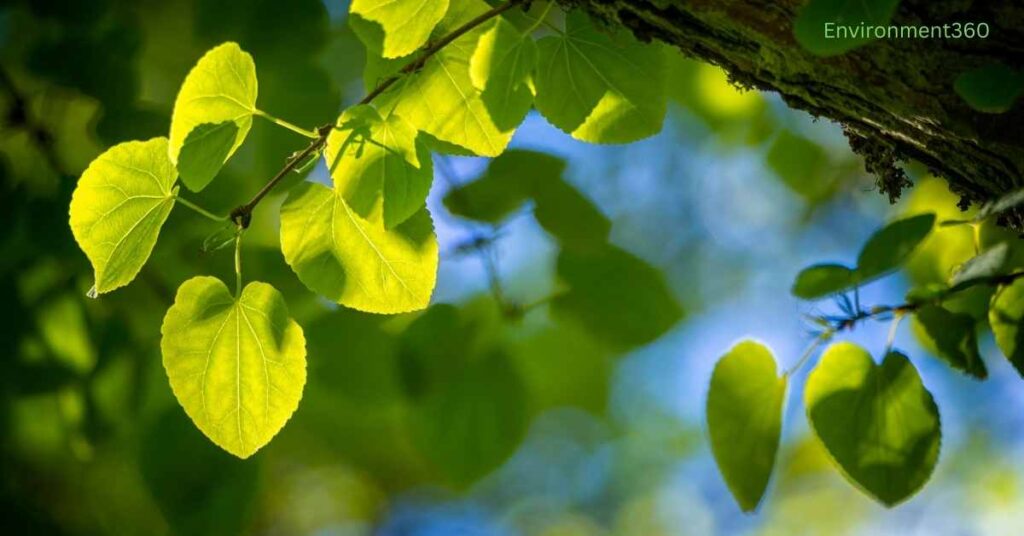
The Katsura Tree is native to Japan and China and is known for its attractive heart-shaped leaves that turn shades of yellow, orange, and red in the fall. This tree is often planted in parks and large gardens due to its aesthetic appeal and vibrant colors throughout the year.
Ecological Role:
The Katsura Tree plays an important role in supporting urban biodiversity. Its dense canopy provides shelter for birds and insects, while its fallen leaves enrich the soil. As a deciduous tree, it contributes to the nutrient cycle in its environment.
Environmental Benefits:
- Enhances urban biodiversity by providing habitat and food for wildlife
- Improves air quality by absorbing carbon dioxide
- Helps in reducing the urban heat island effect through shading
3. Linden Tree (Tilia cordata)
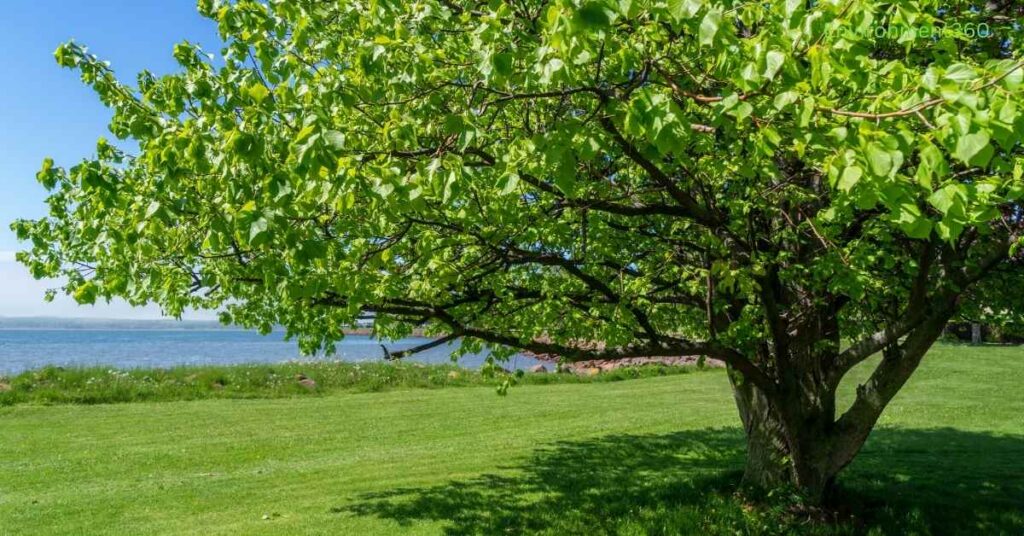
The Linden Tree, also known as the Small-Leaved Lime, is a widespread species in Europe and parts of North America. It is easily recognizable by its heart-shaped leaves and fragrant flowers, which are highly attractive to bees. The tree is a critical resource for pollinators, making it an essential part of agricultural and natural landscapes.
Ecological Role:
Linden Trees are often referred to as “bee trees” due to their importance in supporting bee populations. The flowers produce nectar that is turned into high-quality honey. Additionally, the leaves and bark of the tree are a food source for caterpillars and other insects, which in turn support bird populations.
Environmental Benefits:
- Vital for supporting bee populations and other pollinators
- Contributes to air purification and carbon sequestration
- Provides shade and cooling in urban environments
4. Northern Catalpa (Catalpa speciosa)
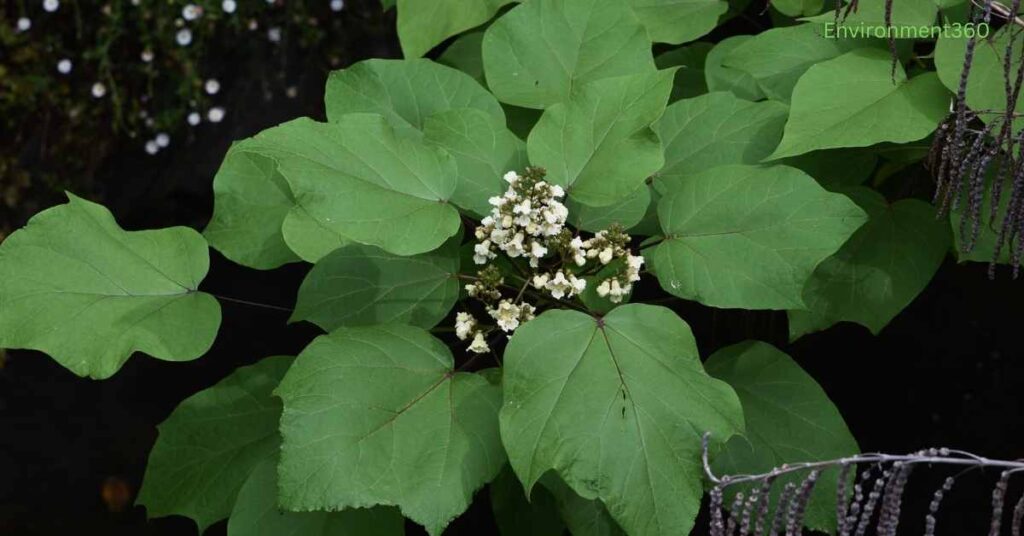
The Northern Catalpa is a large tree native to the central United States. Its heart-shaped leaves are accompanied by clusters of white, trumpet-shaped flowers that bloom in late spring. This tree is often found along rivers and in wetlands, where it helps stabilize soil and prevent erosion.
Ecological Role:
The Northern Catalpa is an important tree for wildlife. Its flowers attract pollinators such as bees, and its large leaves provide shelter for various insects and birds. The tree’s seed pods are also a food source for small mammals.
Environmental Benefits:
- Supports pollinators and wildlife habitats
- Prevents soil erosion in riparian zones
- Contributes to flood control by absorbing excess water
5. Foxglove Tree (Paulownia tomentosa)
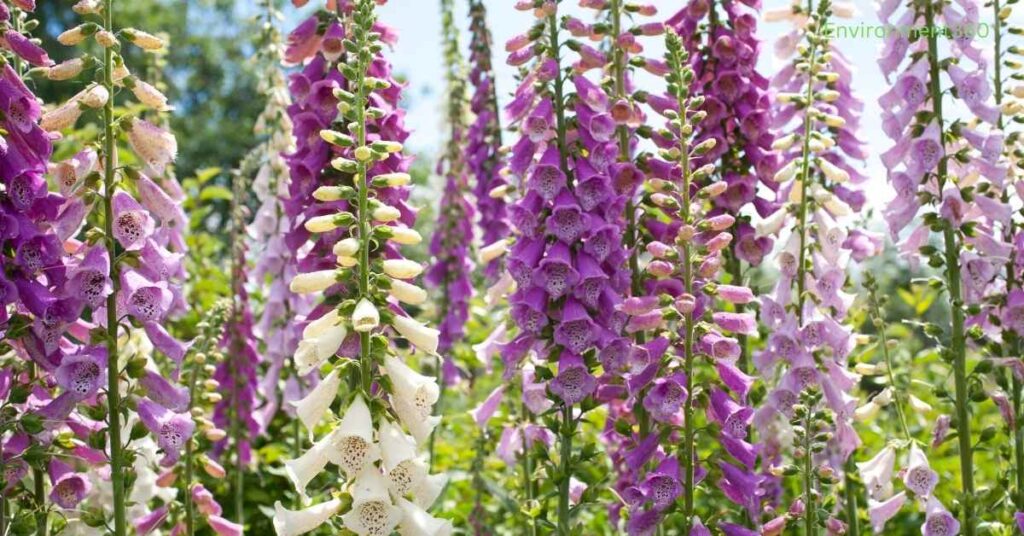
The Foxglove Tree, also known as the Empress Tree, is native to China but has been introduced to many parts of the world. It is known for its large, heart-shaped leaves and fast growth. The tree produces purple flowers that resemble those of the foxglove plant, hence its name.
Ecological Role:
The Foxglove Tree is often planted in areas that require rapid reforestation or soil stabilization. Its fast growth and deep root system make it ideal for controlling erosion. Additionally, its flowers attract a variety of pollinators, while its seeds provide food for birds.
Environmental Benefits:
- Helps with soil stabilization and erosion control
- Supports pollinator populations with its flowers
- Absorbs large amounts of carbon dioxide due to its rapid growth
The Environmental Importance of Tree with heart shaped leaves

1. Carbon Sequestration and Climate Change Mitigation
Trees, in general, are vital for mitigating climate change due to their ability to absorb carbon dioxide from the atmosphere and store it in their biomass. Tree with heart shaped leaves are no exception. Many of these species grow quickly and develop large canopies, which means they can sequester significant amounts of carbon.
By planting and maintaining Tree with heart shaped leaves in urban and rural areas, we can contribute to reducing the overall concentration of greenhouse gases in the atmosphere. This is particularly important in the fight against climate change, as trees act as natural carbon sinks.
2. Supporting Wildlife and Pollinator Populations
Tree with heart shaped leaves are essential for supporting wildlife, particularly pollinators. Many of these trees, such as the Linden Tree and the Eastern Redbud, produce flowers that provide nectar for bees, butterflies, and other insects. These pollinators are crucial for the reproduction of many plant species, including agricultural crops.
In addition to supporting pollinators, these trees provide habitats for a variety of wildlife, including birds, insects, and small mammals. The dense foliage of trees like the Northern Catalpa and the Katsura Tree offers shelter and nesting sites for animals, while their seeds, fruits, and leaves provide food for many species.
3. Soil Stabilization and Erosion Control
Tree with heart shaped leaves are often found in riparian zones, where they play a crucial role in stabilizing soil and preventing erosion. The deep root systems of trees like the Northern Catalpa and the Foxglove Tree help bind the soil, reducing the risk of landslides and erosion, particularly in areas with heavy rainfall or along riverbanks.
By planting these trees in areas prone to erosion, we can protect valuable topsoil and prevent sediment from entering waterways, which can improve water quality and support aquatic ecosystems.
4. Urban Cooling and Heat Island Reduction
Urban environments tend to experience higher temperatures than surrounding rural areas, a phenomenon known as the urban heat island effect. Trees with large canopies, such as the Linden Tree and the Katsura Tree, provide shade and help cool urban areas by reducing the amount of heat absorbed by buildings and pavement.
In addition to providing shade, these trees release water vapor through a process called transpiration, which further cools the surrounding air. By planting more Tree with heart shaped leaves in cities, we can create cooler, more comfortable urban environments and reduce the need for air conditioning, which in turn lowers energy consumption and greenhouse gas emissions.
Cultivating and Caring for Trees with Heart-Shaped Leaves
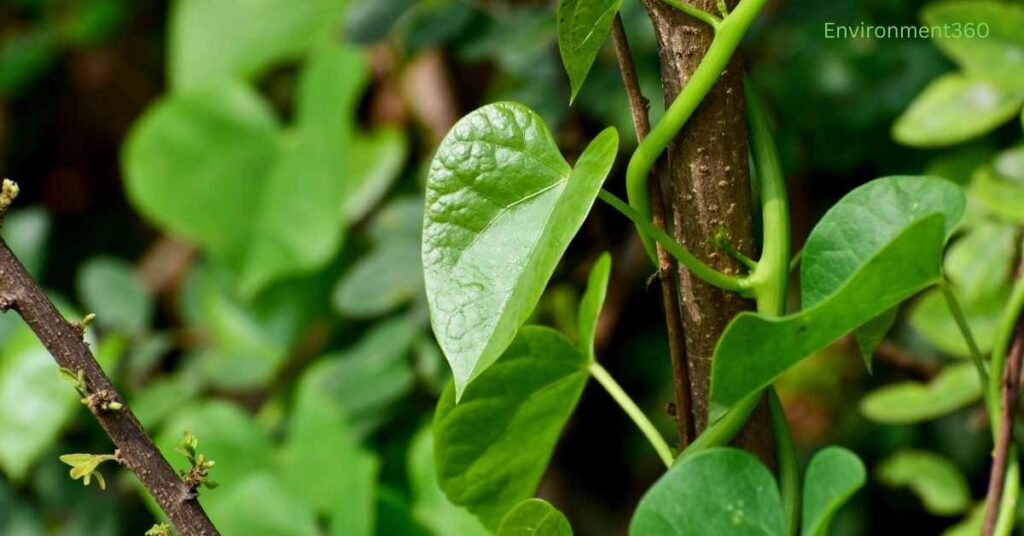
1. Choosing the Right Species for Your Environment
When selecting a tree with heart shaped leaves for your garden or landscape, it is essential to choose a species that is well-suited to your local climate and soil conditions. Some species, such as the Eastern Redbud, thrive in temperate regions, while others, like the Foxglove Tree, are better suited to warmer climates.
It is also important to consider the size of the tree at maturity. Trees like the Northern Catalpa can grow quite large, making them more suitable for parks or large gardens, while smaller species like the Katsura Tree may be a better fit for smaller spaces.
2. Planting and Maintenance
When planting a Tree with heart shaped leaves, it is important to choose a location with well-draining soil and access to sunlight. Most of these trees prefer full sun to partial shade and benefit from regular watering during their establishment period.
Pruning is another essential aspect of tree care. Regularly removing dead or damaged branches can help maintain the health of the tree and promote proper growth. Additionally, mulching around the base of the tree can help retain moisture in the soil and suppress weed growth.
Conclusion
Tree with heart shaped leaves is not only beautiful and symbolic but also plays a vital role in supporting the environment. From sequestering carbon and stabilizing soil to providing habitats for wildlife and supporting pollinator populations, these trees contribute to the health and sustainability of ecosystems around the world.
By planting and caring for these trees, we can create greener, more resilient environments and help mitigate the impacts of climate change. Whether in urban parks or rural landscapes, Trees with heart shaped leaves are a valuable asset to the planet and a testament to the beauty and importance of biodiversity.
Read More: Seed Catalog: A Comprehensive Guide to Understanding Its Role in the Environment

